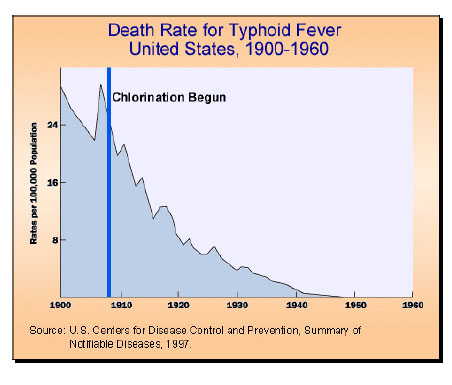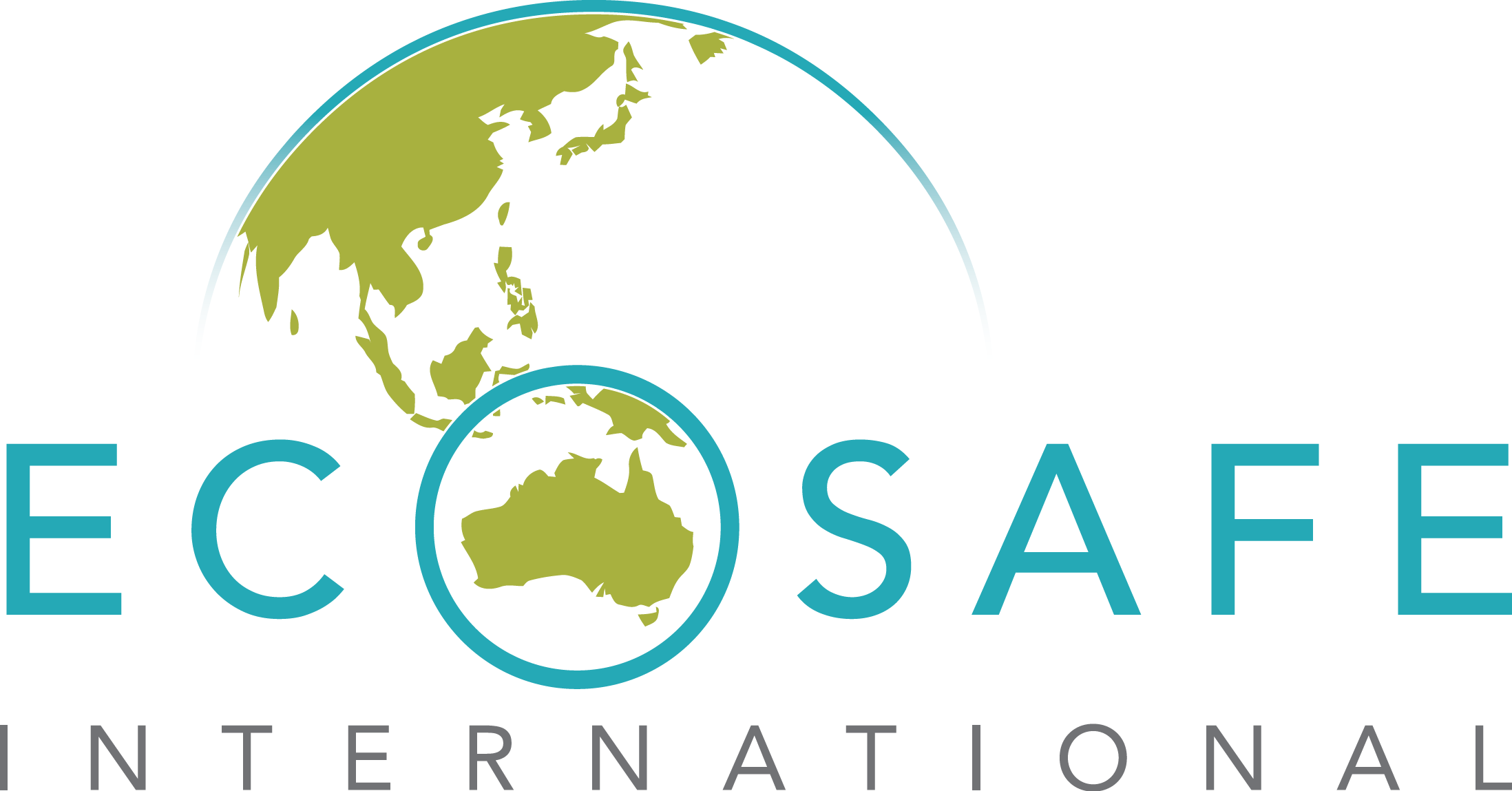
Within some sectors there is a general reluctance / resistance with regard to maintaining adequate free residual chlorine within domestic water supplies, particularly when in the context of the potential need for additional chlorine dosing / booster systems. Typically concerns fall into three main categories:
- Damage to pipes / infrastructure
- Health risk from chlorine / or disinfection byproducts
- Aesthetic concerns surrounding the smell and taste of chlorine.
It is worth noting that the primary goal of chlorination in domestic water is the control of pathogens including opportunistic pathogens such as Legionella, pseudomonas and Naegleria. Chlorination remains the primary disinfectant utilised across the world for the disinfection of potable / domestic water systems.

The points below provide further context to the widespread use of disinfectants such as chlorine within domestic water systems:
- The World Health Organisation (WHO) lists waterborne disease as the primary cause of premature death worldwide (3.4 Million /year, mostly young children)
- One person dies from waterborne illness every 8 seconds, mostly young children
- Waterborne illnesses are responsible for 80% of illness and death in the developing world. It is estimated that at any given time half the population of the developing world is suffering from some form of waterborne illness, primarily as a direct result of contaminated drinking water (Lancet Journal)
- In the American Civil War, more soldiers died from waterborne illness, than bullets
- In all likelihood, waterborne illness has been by far the greatest cause of premature death throughout history
- Along with antibiotics, chlorination is one of the greatest public health advancements in the past 1000 years
- Chlorination was first introduced in early 1900s to decrease the transmission of typhoid fever in the United States, with results highlighted in the image below:

Potential Health Effects of Chlorine
Chlorine can be toxic in high quantities and concentrations, however:
- A 1995 study by the WHO notes that “Risk from microbial pathogens is estimated to be several orders of magnitude greater than that posed by disinfection byproducts” – it is from this study that we get the recommendation that microbial control should not be compromised for reduction of disinfection byproducts. This is echoed by the Australian Drinking Water Guidelines (ADWG 2011).
- There is great deal of data exists from a wide range of sources, on the incremental health effects of chlorine on humans. This has led to the development of WHO and ADWG guidelines for acceptable concentrations of chlorine (effective for disinfection but without a significant health impact). It has also led to the development of an upper limit (maximum concentration for human consumption) which is orders of magnitude greater than the effective disinfection concentration.
Potential for Damage to Infrastructure
Chlorine is a strong oxidizer. This is the primary reason it is such a good disinfectant. As a strong oxidizer it does also have potential to increase rates of corrosion in pipework and fittings. However, at the concentrations required for normal residual disinfection of domestic water systems, the effect is minimal. The advantage of bacterial control should not be considered as grounds to avoid chlorination. The effective continued management of microbiological proliferation through persistently adequate free residual chlorine (within the health guidelines) is considered less of an impact to infrastructure than adhoc superchlorinations which result in elevated levels of free residual chlorine.
Ecosafe International
Ecosafe International is a dynamic and independent risk management consultancy focusing on the interface between water and health across the water cycle. Our Team is ready to discuss your water related needs and address any queries surrounding our service options.
Contact us online or call 1300 73 93 73
Connect with us on Facebook
